Human tongue is normally soft and velvety in appearance. This specific appearance is related to the presence of small papillae on the dorsum of the tongue called filiform papillae. The papillae normally shed. But in case they stop shedding and grow excessively a condition called hairy tongue occurs.
Hairy tongue syndrome is a medical condition that features specific structural changes of the tongue. These structural changes occur due to the overgrowth of filiform papillae of the tongue on the dorsal surface of the tongue.
The tongue appears black and hairy. Even though the medical term for the condition includes the word hairy, the tongue is not literally covered with hair. The very overgrowth of the papillae gives the tongue a specific appearance and the overgrown papillae resemble hair.
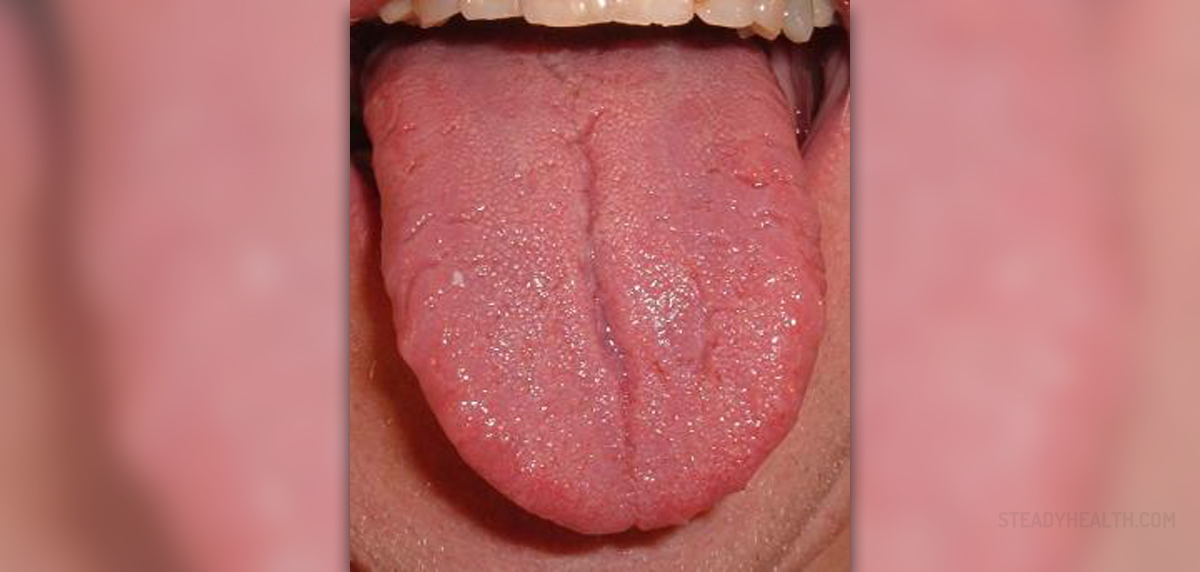
- Its prevalence varies geographically, typically ranging from 0.6% to 11.3%.
- Known predisposing factors include smoking, excessive coffee/black tea consumption, poor oral hygiene, trigeminal neuralgia, general debilitation, xerostomia, and medication use.
- Clinical presentation varies but is typically asymptomatic, although aesthetic concerns are common.
- Differential diagnosis includes pseudo-BHT, acanthosis nigricans, oral hairy leukoplakia, pigmented fungiform papillae of the tongue, and congenital melanocytic/melanotic nevi/macules.
- Clinical diagnosis relies on visual observation, detailed history taking, and occasionally microscopic evaluation.
- Treatment involves identification and discontinuation of the offending agent, modifications of chronic predisposing factors, patient’s re-assurance to the benign nature of the condition, and maintenance of adequate oral hygiene with gentle debridement to promote desquamation.
- Complications of BHT (burning mouth syndrome, halitosis, nausea, gagging, dysgeusia) typically respond to therapy. Prognosis is excellent with treatment of underlying medical conditions.
Causes of Hairy Tongue
Scientists have not identified the exact cause of hairy tongue yet. Some believe that the consumption of too many candies may be associated with the stagnation of proper shedding of the filiform papillae. Furthermore, the condition may be a consequence of excessive use of mints or mouthwashes since they contain many chemicals which are potential allergens.
Immunocompromized patients as well as those who have been taking antibiotics for longer periods of time are more susceptible to hairy tongue syndrome. And finally, poor oral hygiene, smoking, and changes in vitamin A levels in the body are several more causes of hairy tongue syndrome.
Symptoms of Hairy Tongue Syndrome
The most prominent characteristic of the disease is the very appearance of the tongue's papillae. These long strands of papillae are rather irritating and they may get infected which subsequently results in pain and the occurrence of ulcerations. Bacterial infection of already structurally changed papillae leads to their discoloration. Namely, infected papillae become black.
The infection is accompanied by halitosis and abnormal taste sensations. The risk of infection is increased due to accumulation of the food on the surface of the tongue. And in case papillae become way too long they may cause a gagging sensation in the throat.
Treatment for Hairy Tongue
The treatment for hairy tongue depends on the underlying cause and the symptoms of the disease. Patients are treated by a well-experienced dentist. If there are additional symptoms that point to the presence of infection patients are prescribed antibiotics.
Vitamin A deficiency is treated with an increased intake of vitamin A or its supplements. It is essential for a person to maintain proper dental and oral hygiene, use a tongue cleaner and brush the dorsal side of the tongue as often as possible. This prevents accumulation of the food and potential bacterial infection.
All the possible triggers must be eliminated and this particularly refers to smoking, chewing tobacco, sucking on candies, and similar.


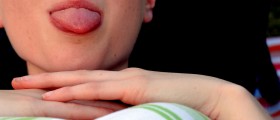

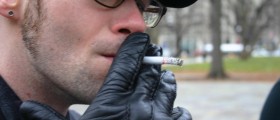

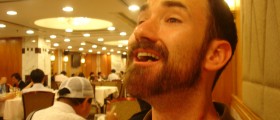
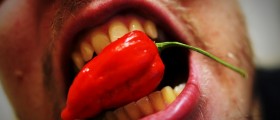








Your thoughts on this
Loading...